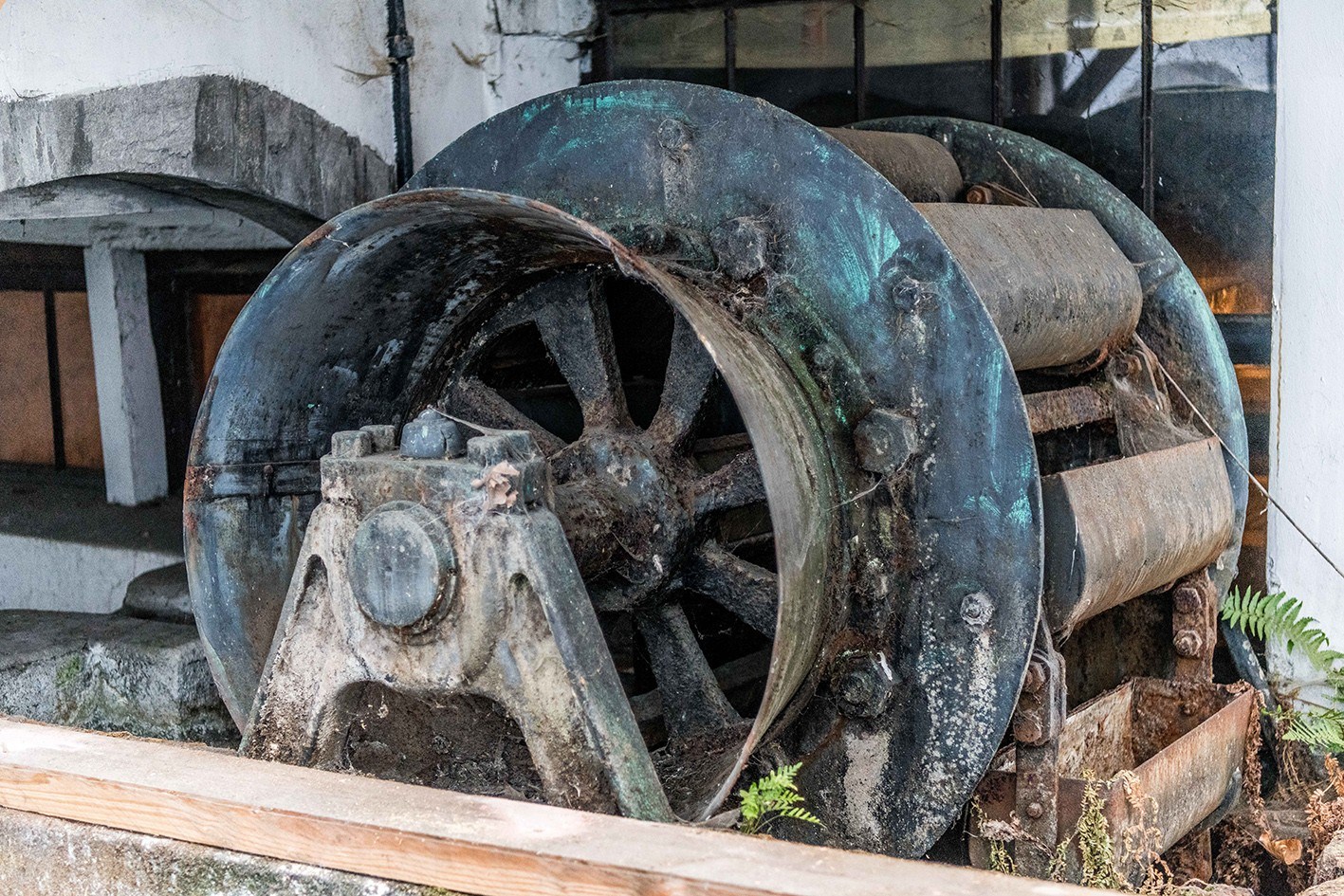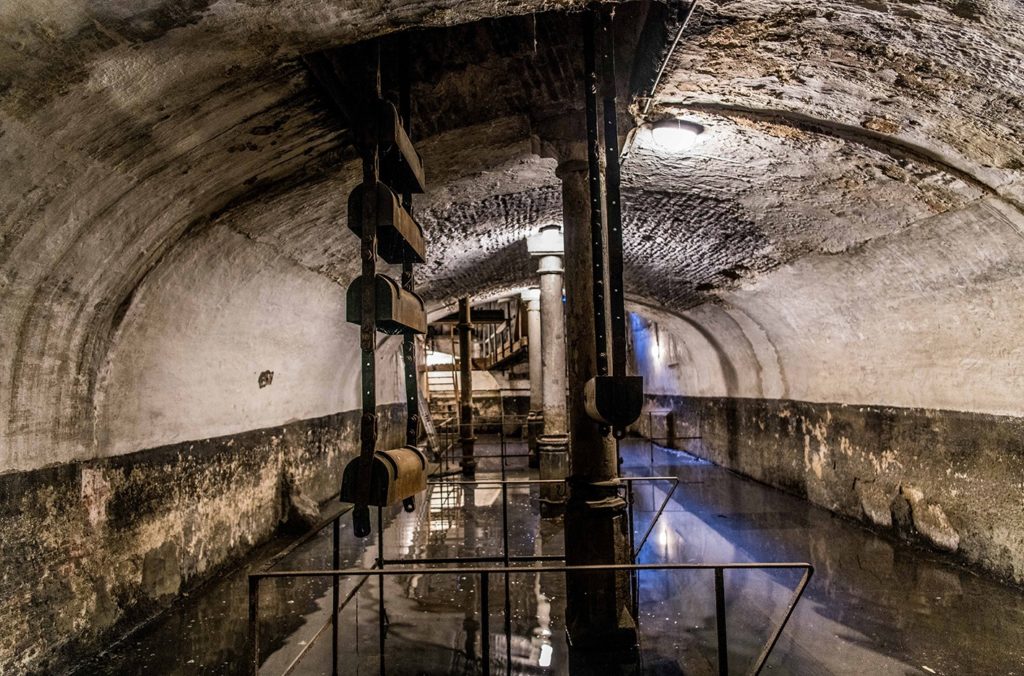The City of Antwerp is restoring one of the last relics from its Golden Age - the Brouwershuis, an old water distribution centre near the Scheldt that carried water to city breweries prior to the onset of industrialisation.
During the transition from the Middle Ages to the Renaissance, the Brouwershuis was Antwerp's first water distribution centre.
Built in 1553-1554 by Gilbert Van Schoonbeke, a Dutch entrepreneur who was deeply involved in Antwerp’s development (Van Schoonbeke is said to be responsible for the development of a third of Antwerp’s 16th century streets), the Brouwershuis is almost completely intact.
Its horse mill, scoop wheel and water reservoirs are unique, along with the interior of the council chamber used by the brewers’ guild.
Water from the Scheldt was led through a series of moats to the brewers’ pipe, the entrance to which can still be found under the Ankerruiplaats, and from there it went to the cellar reservoir of the Brouwershuis.
“The still intact horse-driven mill drove the wheelwork that scooped up water into the cellar reservoir and poured it out on the upper floor into the outer reservoir,” according to AG Vespa, the autonomous municipal company for real estate and urban projects in Antwerp.
From there, the water traveled along a wooden pipe system to 16 different connected breweries.

Council chamber of the brewers' guild in the Brewers' House. Photo from AG Vesta. © Dries Luyten.
“In 1562, the city became the owner of the ‘Waterhuys’ and, from 1581 onwards, the brewers' guild met in the building, which was then called the ‘Brouwershuis’,” explained AG Vespa.
The facility was partly modernised around 1856 with hydraulic pumps to increase the capacity of its smelter, and the Brouwershuis continued to serve as a water distribution centre until 1930.
The Brouwershuis is considered a protected monument, and while it became a museum in 1993, it has been closed since 1999 due to its poor condition and need for a thorough restoration.
That restoration is now coming: the building will be repaired inside and out, with restored stained-glass windows, ironwork and its blue and natural stone.
The floors will be restored and the attic insulated, and the roof will be strengthened and cleaned up.
Accessibility will be improved in the large basement reservoir with a new staircase of steel and the addition of a walking platform.

Noria van het Brouwershuis. Photo from AG Vesta. © Dries Luyten.
Some of the technical renovations needed to make the Brouwershuis operational include restoring the horse-drawn mill and the wheel that lifts the buckets of water from the lower reservoir to the upper one.
The hydraulic pumps that were added in the 19th century are also in need of repair, and given that we now know the water from the Scheldt isn’t as “pure” as it was initially thought to be in the 1500’s, a purification system will be put into place.
The council chamber, once grand, will similarly be restored with new leather and an air conditioning system that will help preserve the authentic historical features within.

Water troughs of the noria in the Brouwershuis. Photo from AG Vesta. © Dries Luyten.
“The Brewers' House has world heritage value because it testifies to the universal importance of access to pure water in dark and turbid times,” said AG Vespa.
“There is no second brewhouse, certainly not one that is still intact and will be operational again in the future.”
The Flemish Government has dedicated €985,162 to the restoration project.

